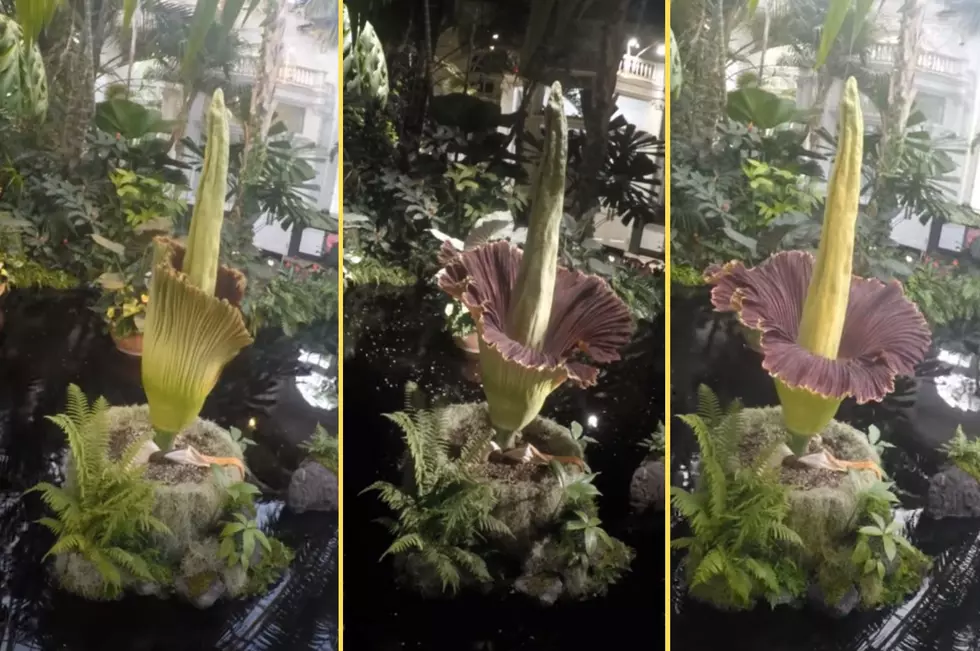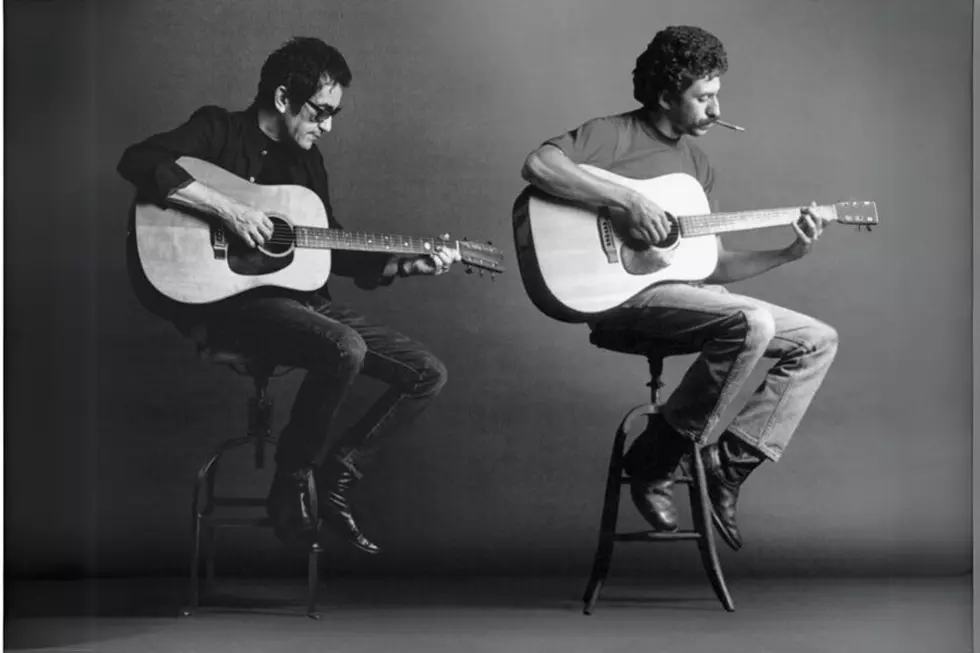
The Culprit Behind Missing Bark on New York Trees
A hiker recently came across an odd pine tree on Bonticou Crag in New Paltz, NY. Despite having normal branches, its entire trunk, from the base to the tip, was completely bare. Where had the bark gone?
As strange as the tree looked, many New Yorkers immediately knew who could be behind such a strange de-barking... and it's one of the most interesting creatures to call the Hudson Valley, NY home.
What New York Animal Strips Bark Off of Trees?
Even lifelong Hudson Valley residents may be just as stumped as the hiker who posted the photo. Was it a beaver giving test nibbles to decide on which tree to add to its dam? Was the tree experiencing some sort of parasite or disease? The answer turns out to be a lot pointier.
New York Porcupines Eating Bark Off Trees
"Definitely the work of a porcupine", came the first of many answers. "Porcupine. I’ve seen them all over the ridge eating bark", said another. So why does nature's pin cushion decide to disrobe so many local trees?
Why Do Porcupines Eat Tree Bark?
It turns out that not only do porcupines regularly snack on tree bark, but they prefer younger trees like the one spotted on Bonticou. The Utah State University Forestry Extension (USUFE) explains:
Porcupines prefer the young bark, leaves, and terminal twigs commonly found high up in the crown of a mature tree, but will strip bark anywhere on a tree’s trunk or branches. Like beavers, porcupines prefer to eat the nutritious inner tree bark or phloem.
Unfortunately, when porcupines chew that deeply into the bark, it leaves the tree exposed to the natural elements, which is often a death sentence. "If porcupines remove the bark all the way around the trunk or a branch", the USUFE explains, "this will weaken the tree and make it more vulnerable to damage from diseases, insects, and birds... [and] the trunk or branch will be killed from that point up or out." But how can you be sure it's a porcupine that stripped a tree?
Spotting a Tree That Was Chewed by a Porcupine
The biggest signature of a porcupine are their teeth. The USUFE advises that "tooth marks approximately 5mm wide" are a telltale sign. While most hikers don't pack a ruler on their excursions, the photograph above shows porcupine teeth marks on another victimized tree. Strangely enough, trees aren't the only target of the "porkies"... in some states, car tires have recently become one of their favorite snacks.
Read More: The Unusual Way to Protect Cars Against Porcupines in New York
Will Car-Eating Porcupines Come to New York?
In parts of Canada (and now areas of the Western United States), porcupines have been known to seek out different rubber components of cars and trucks. The phenomenon has become so problematic that in many trailhead parking lots, vehicles can be found wrapped in "porcupine-proof" chicken wire (below).
How to Protect New York Trees from Porcupines
Unfortunately, the solution for protecting trees is similar to what Canadians have done with their cars: fencing. While trees like the sapling on Bonticou Crag will likely never receive individual wire-wraps to keep their bark intact, property owners looking to protect specific trees are advised to to construct barriers two-feet high to discourage the hungry rodents.

Porcupines are only one of many New York animals that love to molest our local trees. While insects burrow and woodpeckers peck, the most famous of all is the almighty beaver. Check out the adorable photos of a whole family in Orange County, NY below.
Frolicking Beaver Family Swims in the Hudson Valley
Gallery Credit: Jonah
Curious Texas Dog Meets Porcupine
Gallery Credit: Billy Jenkins
More From WRRV-WRRB

![[PHOTOS] Epic WRRV Sessions with Blame My Youth](http://townsquare.media/site/704/files/2024/04/attachment-71-Degrees-2024-04-26T114651.310.jpg?w=980&q=75)







